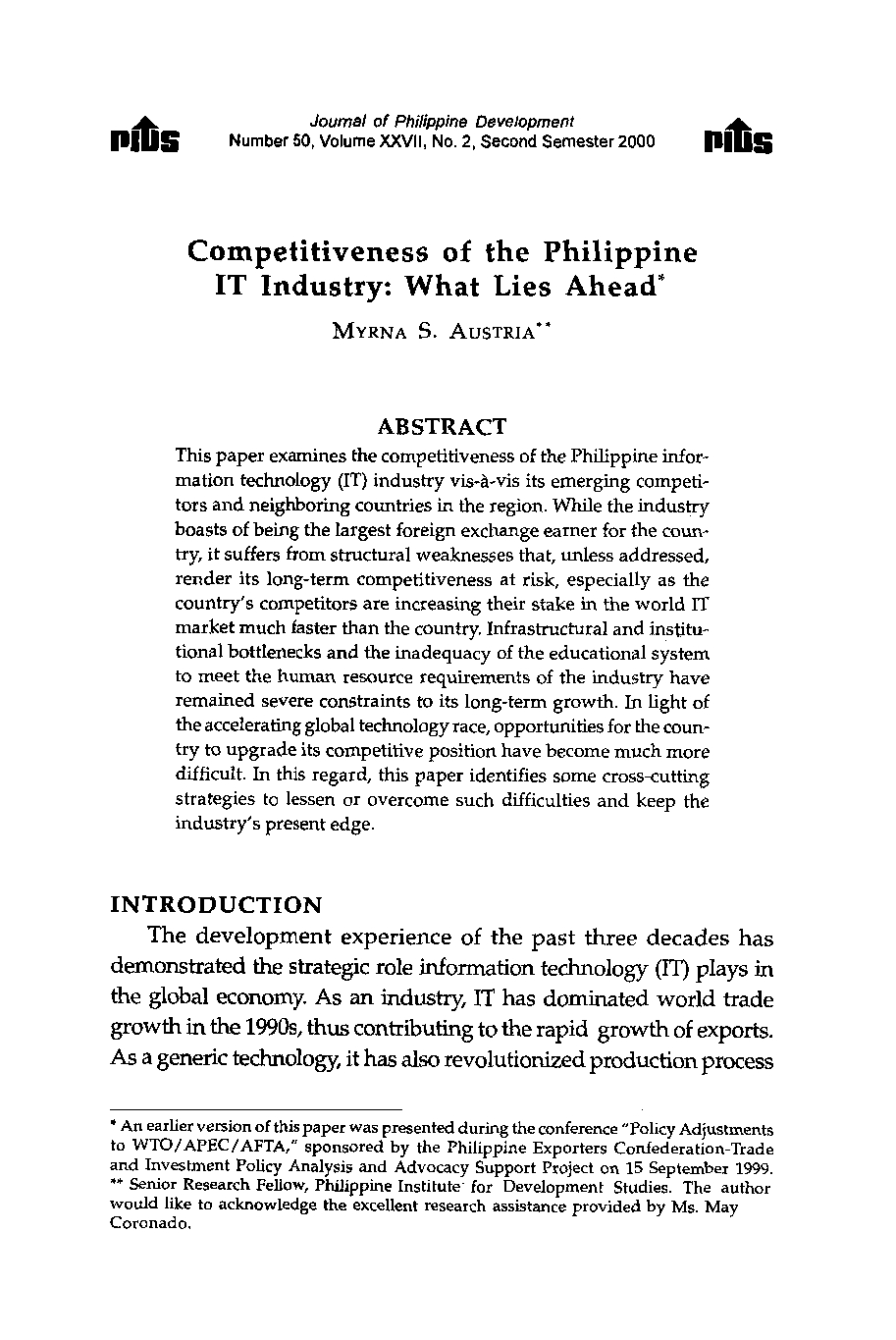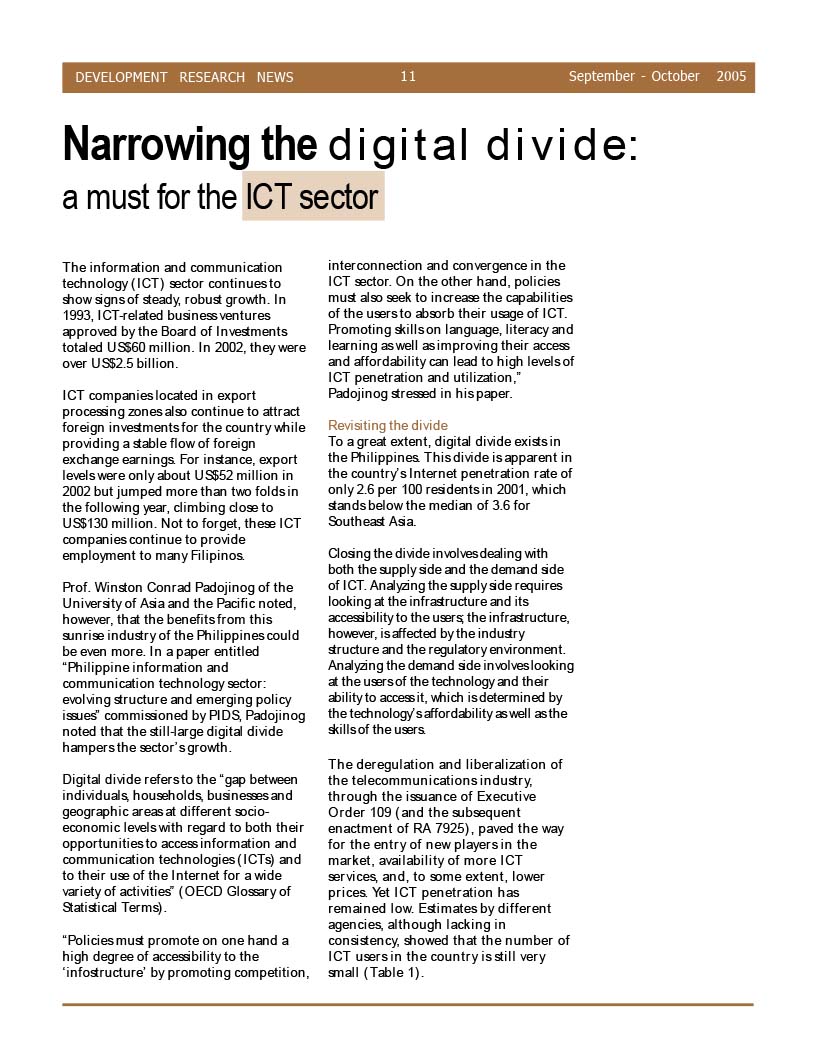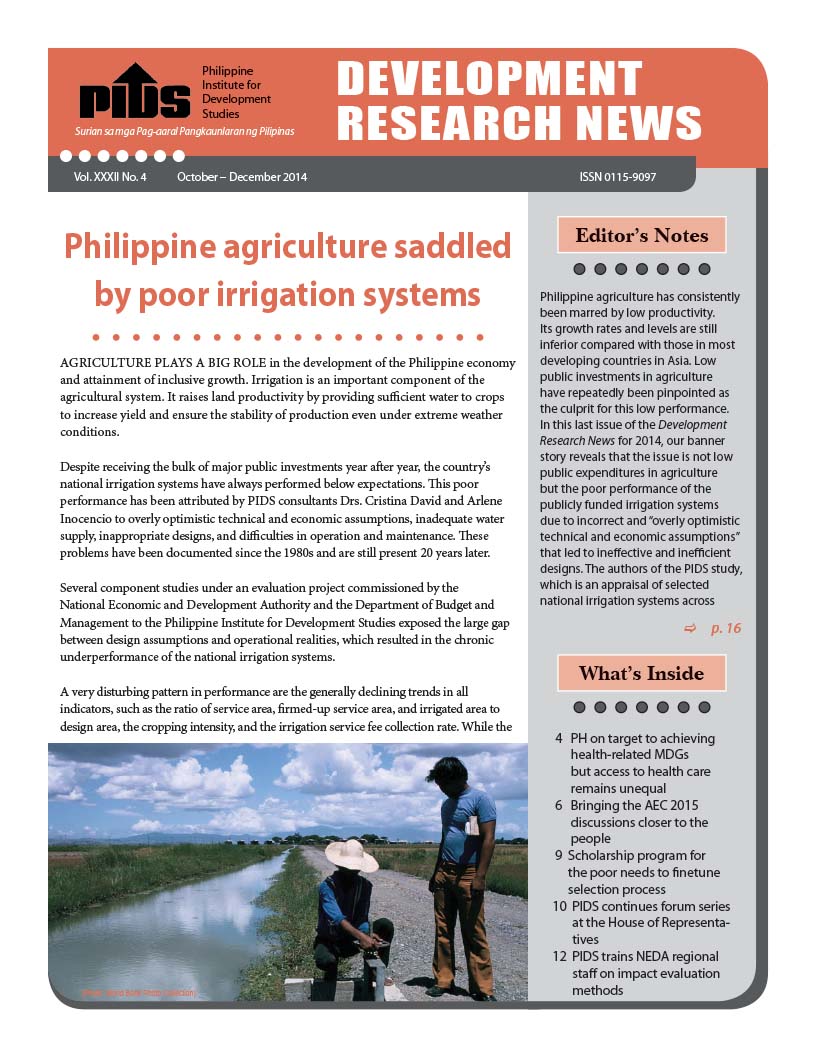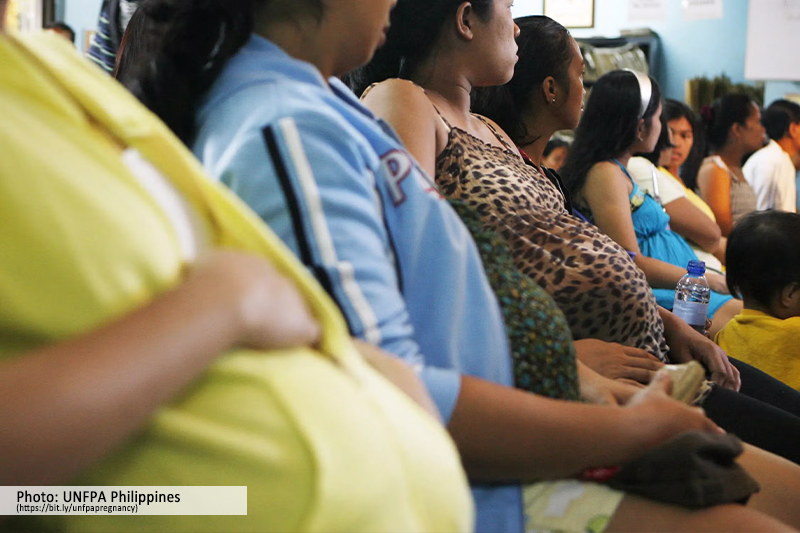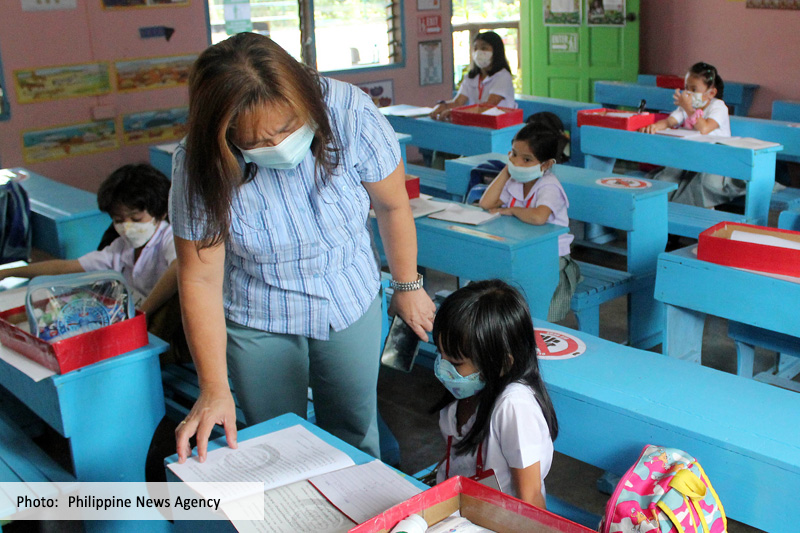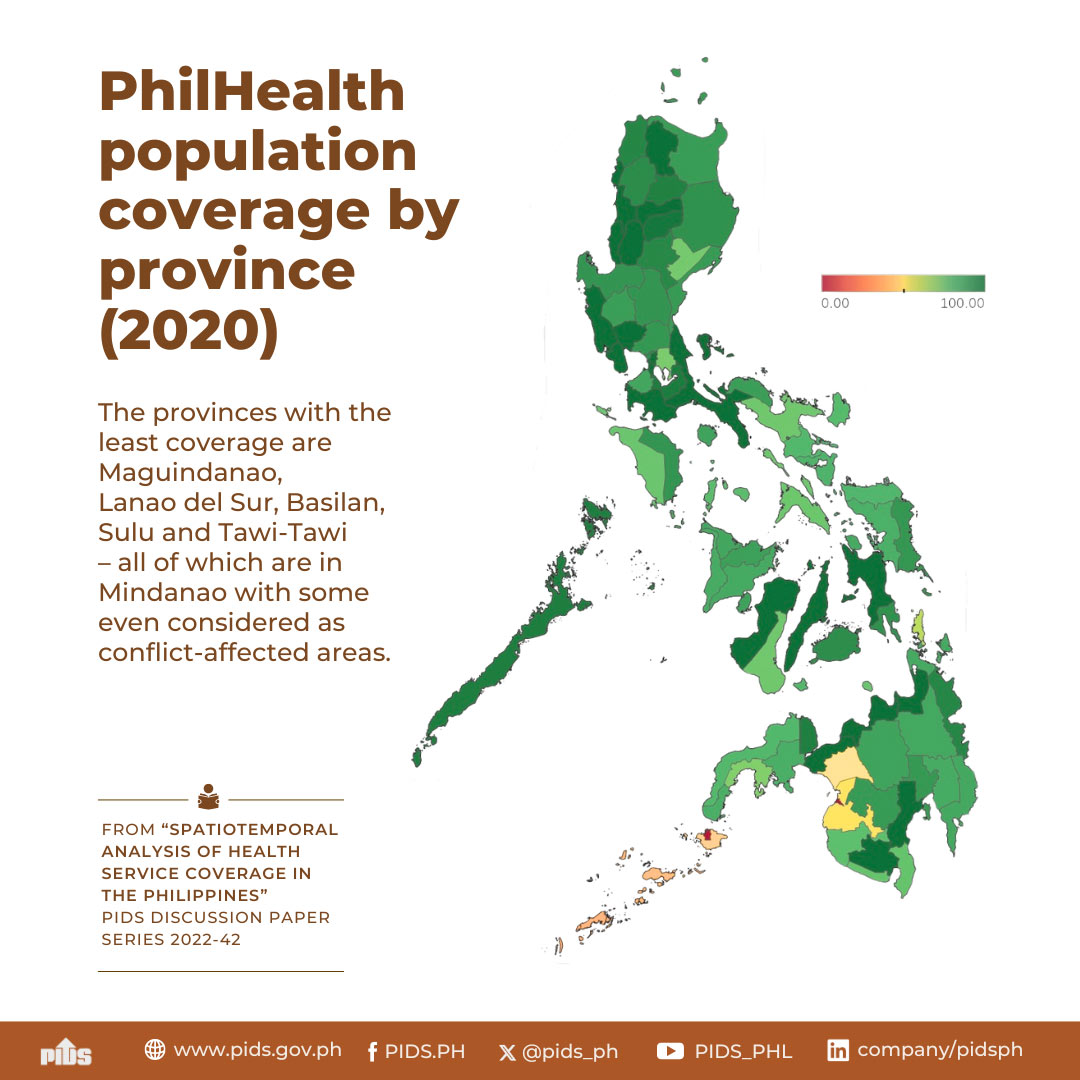Policymakers should employ information technology (IT) to drive innovation in the country’s health sector and make health care more accessible and affordable to Filipinos.
An expert from the Philippine Institute for Development Studies (PIDS) noted that there has been very poor adoption of existing IT assets in the Philippines when it comes to health, compared with other Asian countries.
The innovative use of IT was among the topics highlighted during the observance in September of the 11th Development Policy Research Month (DPRM), which had the theme “Making Health More Inclusive in a Growing Economy”.
PIDS Senior Health Research Consultant Oscar Picazo lamented the lack of IT in health care service delivery in the country despite being the outsourcing capital of the world.
“There is IT innovation in India that benefits millions of poor people in rural places in the delivery of health services,” Picazo said. For instance, poor patients in rural places in India receive medical prescriptions from physicians in Bangalore using computer laptops.
Picazo also highlighted the use of teleradiology in India, which relies on outsourcing services to interpret radiological patient images such as x-rays, computed tomography scans (CT), and magnetic resonance imaging (MRI). Teleradiology is applicable to the Philippines as it allows effective transmission of radiological patient images from city hospitals to rural hospitals, he said. It will also minimize barriers of distance or location when it comes to health service delivery.
The Department of Health (DOH) already has a number of systems in place, however, said Dr. Irma Asuncion, director of the National Center for Disease Prevention and Control.
“The Department of Health has decided to put up the Maternal and Neonatal Death Reporting System (MNDRS), the Unified Non-Communicable Disease Registry System, and the Online National Electronic Injury Surveillance System (ONEISS),” she said during the DPRM press conference last September. “The facility systems will allow DOH to have accurate data of mortality rates, especially on maternal and neonatal death cases,” she explained.
Telemedicine is present in the country and the DOH targets to expand it by 2014, Asunsion said. “A total of 389 rural health units are actually involved in telemedicine and hopefully we will expand it by 2014 to 450 RHUs,” she added.
An expert from the Philippine Institute for Development Studies (PIDS) noted that there has been very poor adoption of existing IT assets in the Philippines when it comes to health, compared with other Asian countries.
The innovative use of IT was among the topics highlighted during the observance in September of the 11th Development Policy Research Month (DPRM), which had the theme “Making Health More Inclusive in a Growing Economy”.
PIDS Senior Health Research Consultant Oscar Picazo lamented the lack of IT in health care service delivery in the country despite being the outsourcing capital of the world.
“There is IT innovation in India that benefits millions of poor people in rural places in the delivery of health services,” Picazo said. For instance, poor patients in rural places in India receive medical prescriptions from physicians in Bangalore using computer laptops.
Picazo also highlighted the use of teleradiology in India, which relies on outsourcing services to interpret radiological patient images such as x-rays, computed tomography scans (CT), and magnetic resonance imaging (MRI). Teleradiology is applicable to the Philippines as it allows effective transmission of radiological patient images from city hospitals to rural hospitals, he said. It will also minimize barriers of distance or location when it comes to health service delivery.
The Department of Health (DOH) already has a number of systems in place, however, said Dr. Irma Asuncion, director of the National Center for Disease Prevention and Control.
“The Department of Health has decided to put up the Maternal and Neonatal Death Reporting System (MNDRS), the Unified Non-Communicable Disease Registry System, and the Online National Electronic Injury Surveillance System (ONEISS),” she said during the DPRM press conference last September. “The facility systems will allow DOH to have accurate data of mortality rates, especially on maternal and neonatal death cases,” she explained.
Telemedicine is present in the country and the DOH targets to expand it by 2014, Asunsion said. “A total of 389 rural health units are actually involved in telemedicine and hopefully we will expand it by 2014 to 450 RHUs,” she added.

